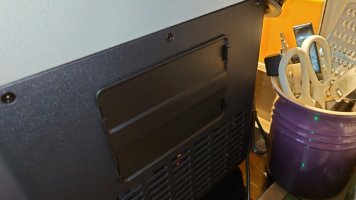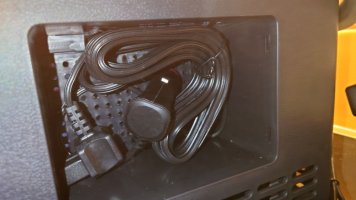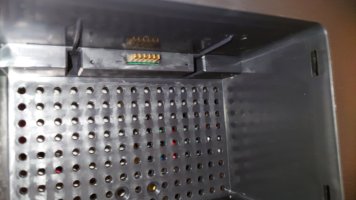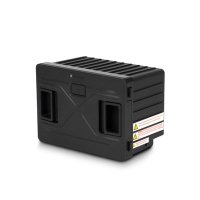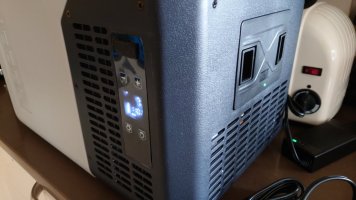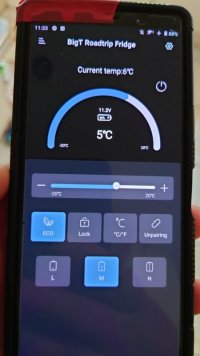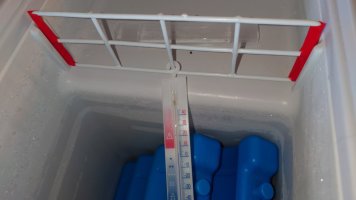While the discount is on I'm considering an Alpicool fridge. I had wanted the T36 dual zone so I could freeze but the space with all seats in the Caravelle is not enough so I'm looking at the P18 which looks to be the dimensions of our existing long serving CampingGaz thermoelectric one that fits fine.

I note that many of the Alpicool units has the ability to take a 175wh battery, but finding them seems hard and they seem to be as much as the fridges. I like the idea and convenience but at £1 a wh seems poor value compared to investing in a proper second battery system.
If I'm not going to use the battery the bay does seem to take up a lot of space in what is already quite a compact unit.
So:
1. If you have the P18 how do you find it?
2. If you have an Alpicool battery how well do they work and would you advise finding one?
3. If you have a battery capable Alpicool can you use the bay for anything else like cable or adapter storage (I assume it comes with some sort of lid?)
4. If you own an Alpicool is the cable socket likely to be on the end of the side of this one - none of the images anywhere seem to show it!

I note that many of the Alpicool units has the ability to take a 175wh battery, but finding them seems hard and they seem to be as much as the fridges. I like the idea and convenience but at £1 a wh seems poor value compared to investing in a proper second battery system.
If I'm not going to use the battery the bay does seem to take up a lot of space in what is already quite a compact unit.
So:
1. If you have the P18 how do you find it?
2. If you have an Alpicool battery how well do they work and would you advise finding one?
3. If you have a battery capable Alpicool can you use the bay for anything else like cable or adapter storage (I assume it comes with some sort of lid?)
4. If you own an Alpicool is the cable socket likely to be on the end of the side of this one - none of the images anywhere seem to show it!
Last edited:

